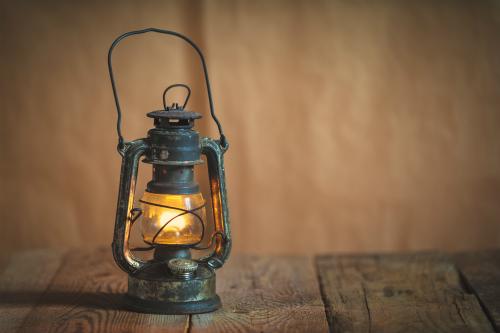Prime Minister Narendra Modi, on September 25, 2017, launched a new scheme “Saubhagya” (Pradhan Mantri Sahaj Bijli Har Ghar Yojana) to ensure electrification of all willing households in the country in rural as well as urban areas, by December 31, 2018. As per current estimates, around 4 crore households out of a total of 25 crore are still devoid of an electricity connection.
The scheme has the following salient features:
- The total outlay of the project is Rs.16,320 crore with rural households commanding a share of 86 per cent. Gross Budgetory Support (GBS) accounts for nearly three-fourths of the total outlay. (See table)
- The government of India will provide grant of 60 per cent to state governments, while state government (utilities) will be required to bring in 10 per cent of the total project outlay. The remaining 30 per cent will come from loans from banks and other lending agencies. For special states (economically weak states and north-eastern states), the funding pattern is different. (See table).
- Beneficiaries for free electricity connections would be identified using Socio Economic and Caste Census (SECC) 2011 data. However, un-electrified households not covered under the SECC data would also be provided electricity connections under the scheme on payment of Rs.500 which shall be recovered by power distribution utilities in 10 installments through electricity bills.
- For un-electrified that are located in remote and inaccessible areas, solar power packs of 200-300 W with battery banks will be provided. Households will be equipped with five LED lights, one DC (direct current) fan and one DC power plug. The package will also include repair and maintenance (R&M) for a period of five years.
- Smart technology: For easy and accelerated implementation of the scheme, modern technology shall be used for household survey by using mobile apps. Beneficiaries shall be identified and their application for electricity connection along with applicant photograph and identity proof shall be registered on spot.
- The Gram Panchayat and other public institutions in the rural areas may be authorised to collect application forms along with complete documentation, distribute bills and collect revenue in consultation with the Panchayat Raj Institutions and urban local bodies.
- Rural Electrification Corporation Ltd will continue to remain the nodal agency for the operationalisation of the scheme throughout the country.

